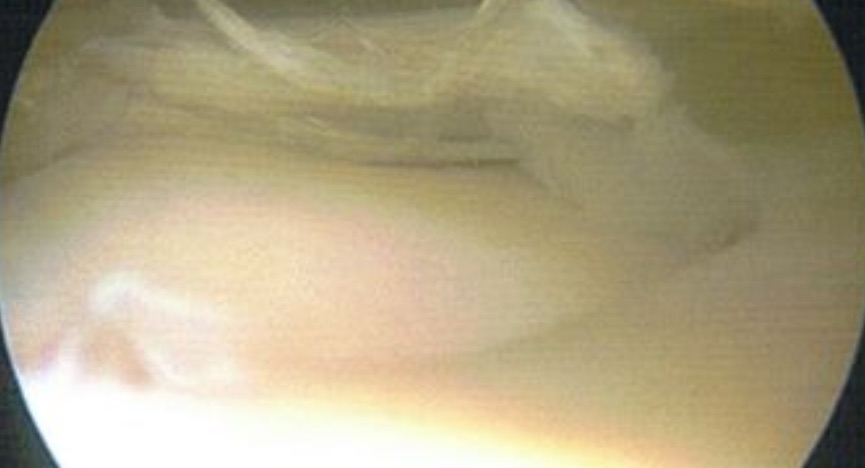
Meniscus Tears

Meniscus Tears
The Meniscus is a ‘C’-shaped cushion inside the knee. One knee has two menisci, one on the inner side (medial), one on the outer side (lateral).
The Meniscus is an important weight-bearing structure within the knee that is essential for proper walking and functioning.
Read on to find out more about Meniscus Tears.
How do people get Meniscus Tears?
There are two main ways:
1) Sporting injury or accident involving the knee. These tend to be younger patients where the meniscus tear acutely.
2) Middle-aged persons who already have minor wear-and-tear of the knee. The meniscus can then tear suddenly after a long walk or minor twist.
Symptoms of a meniscus tear
The following symptoms may suggest a meniscus tear:
1) Recurrent pain and swelling over the knee, especially if walking more
2) Unable to squat due to pain over back of knee
3) Consistent pain on exertion of the knee or walking slightly more
4) Unable to bend or straighten the knee fully

Diagnosis of a Meniscus Tear
Both Physical examination by an Orthopaedic Surgeon and an MRI scan is needed to confirm a meniscus tear. An MRI scan shows the structural tear of the meniscus when the patient is static, ie not moving, whereas Physical Examination lets the surgeon have a feel of whether the meniscus could be displacing during dynamic movement.
Why is the Meniscus so important?
Many structures in the knee are important but the meniscus is of particular importance. This is because the meniscus is a weightbearing structure that absorbs and distributes shock, allowing the knee to bear weight properly and preventing injuries to other parts of the knee. A torn or deficient meniscus can lead to arthritis of the knee quickly due to the altered weightbearing mechanics, causing the cartilage to wear down quickly.
How are meniscus tears treated?
Several factors enter a surgeon’s mind when considering the best treatment option:
1) How large is the tear
2) What is the pattern of the tear
3) Will the meniscus move around if the patient does just normal walking
4) How long the tear or injury has been
5) Can the meniscus be saved, or is it damaged beyond repair
For example, a stable, small tear in the meniscus that does not move around when the patient does normal walking, may be treated conservatively with rest, supplements, and physiotherapy. A large tear that displaces while the patient walks or if it is already displaced even on the MRI scan, would best be treated with surgery to repair the meniscus.
For long-standing cases where the meniscus tissue is damaged beyond repair, then surgery to remove the torn meniscus may be needed.
However, the principle is to save and repair the meniscus wherever possible, and this is preferred to removing the meniscus.
Centurion Orthopaedic Centre
38 Irrawaddy Road
Mt Elizabeth Novena Hospital Specialist Centre #07-40
Singapore 329563









